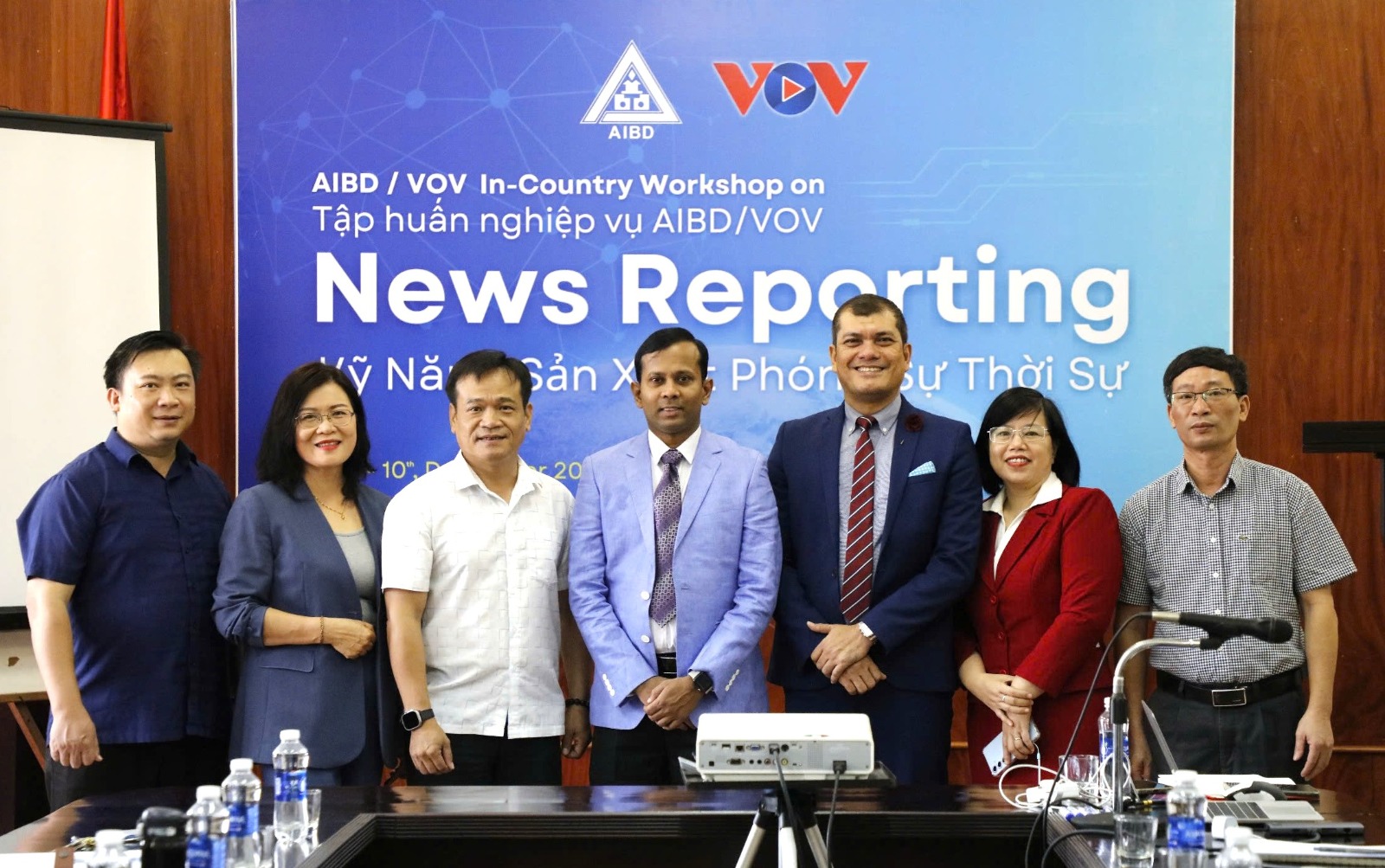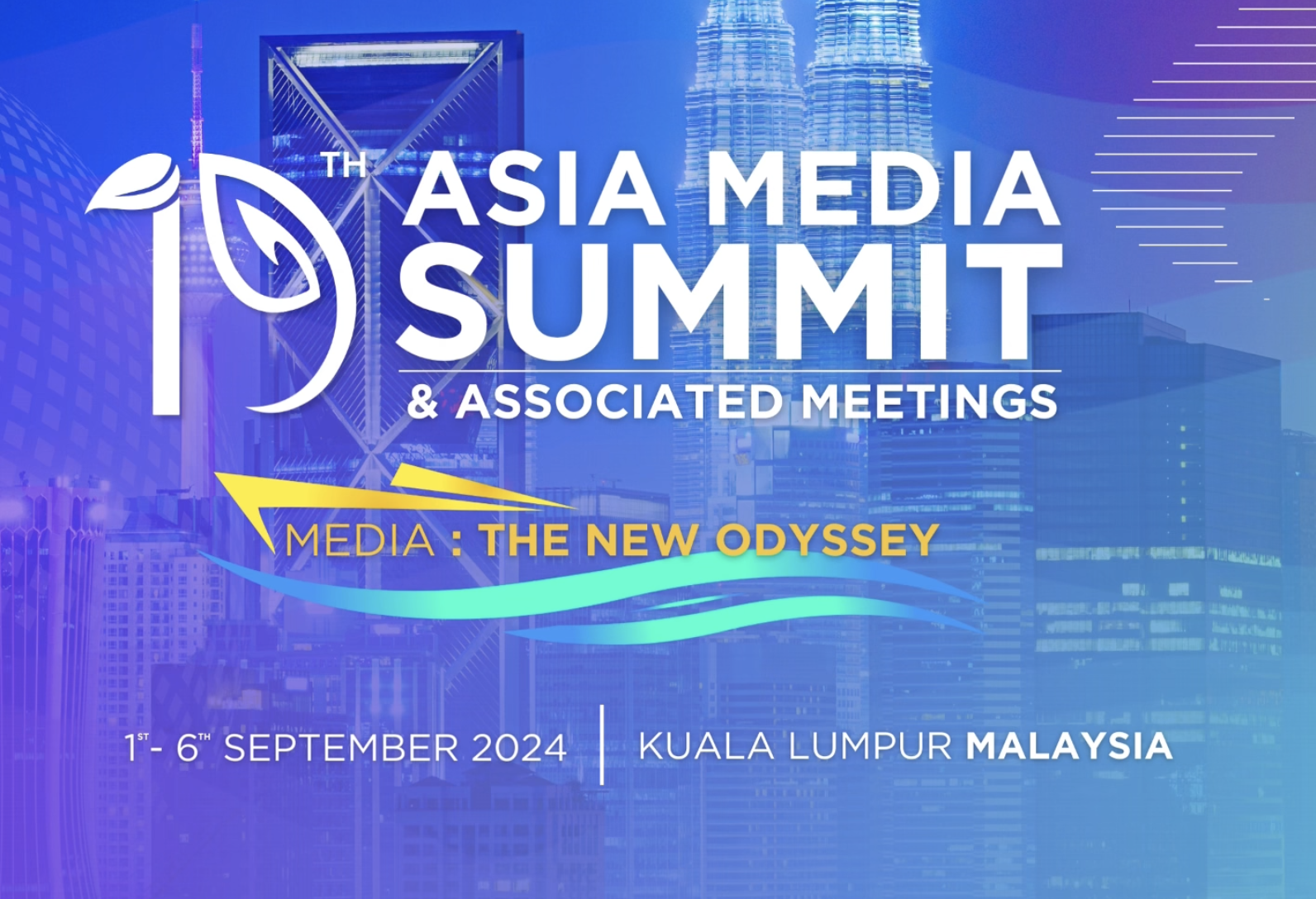Training Institutions of the Future
Broadcasters in Asia-Pacific ended the two-day International Conference on Broadcast Training in Kuala Lumpur on 26 February 2013 by examining the demands of training institutions of the future. They identified measures to foster a performance driven culture that meets the demands of new media and social media and contributes to the company’s growth and sustainability, and increased customer satisfaction and contribution to society.
Broadcasters in Asia-Pacific ended the two-day International Conference on Broadcast Training in Kuala Lumpur on 26 February 2013 by examining the demands of training institutions of the future. They identified measures to foster a performance driven culture that meets the demands of new media and social media and contributes to the company’s growth and sustainability, and increased customer satisfaction and contribution to society.

In the concluding session of the conference, Dato’ Adilah Shek Omar, Director of the Institute of Broadcasting and Information (IPPTAR), Malaysia, said the way ahead for training institutions was to pursue joint regional cooperation with other training institutions and media development institutions worldwide by, among others, sharing subject matter experts, lectures’ view through teleconferencing, and close collaboration with industry players and manufacturers.

“The chances for survival in a competitive environment are better if we support each other,” she said.
Another speaker was Mr. Anothai Udomsilp, Director of the Academic Institute of Public Media, Thai Public Broadcasting Service. He recommended training in digital migration not only for engineers and technicians but other stakeholders to facilitate understanding acceptance of moving towards using digital technology. He also highlighted the need to train multiplatform journalists and producers for creative content.

Professor Ramachandran Ponnan, Senior Lecturer, School of Communication, Taylor’s University, Malaysia highlighted the importance of enhancing the school curriculum to contribute towards better education and better graduates who can meet the demands of new media and social media. He also called on media stakeholders for resource sharing, meta analysis, management of uncertainties, and sabbatical opportunity to meet future training needs.

For his part, Mr. David Hivet, Director, Mediterranean Region and Asia, Canal France International, France, discussed the future of human resource organizations in the media industry; among them, that traditional media will face more and more competition, new actors, new tools, new methods, new expectations from the public, and new economic models.

“We need to ask what the real value of a media organization in this changing media landscape, and how the human resource can contribute positively to this value creation,” he said.
For Myanmar’s future plan in strengthening its training institution, Mr. Khin Maung Htay, Director and Co-Founder, Myanmar Media Development Center, Myanmar, said they will extend and implement new courses based on the emergence of global media trend multiplatform, provide best educational services in the media field to enhance competence of media professionals, increase open learning opportunities for knowledge sharing and continue collaboration with International partners.





